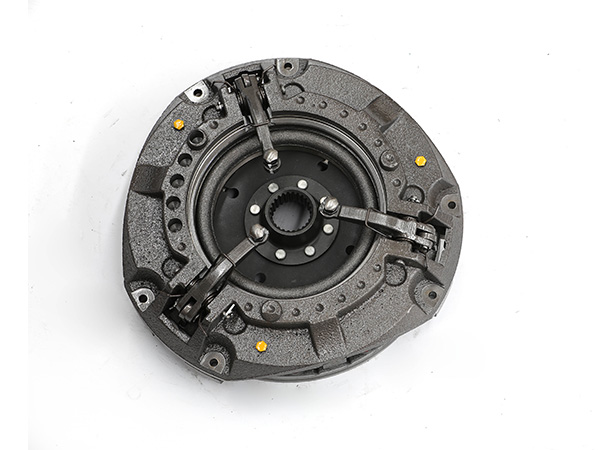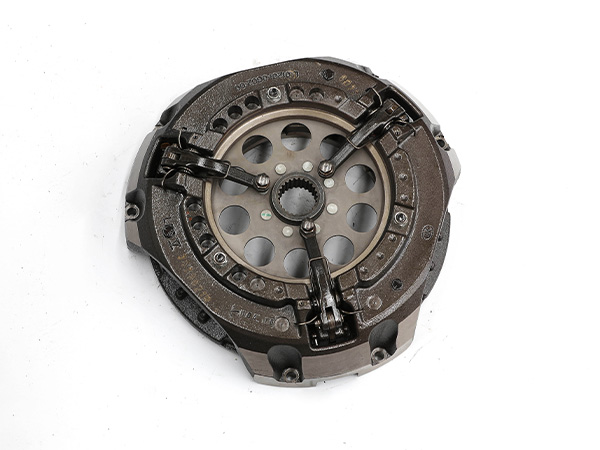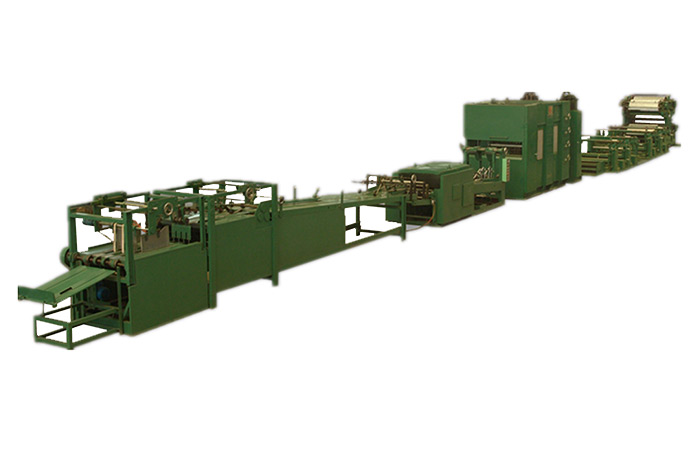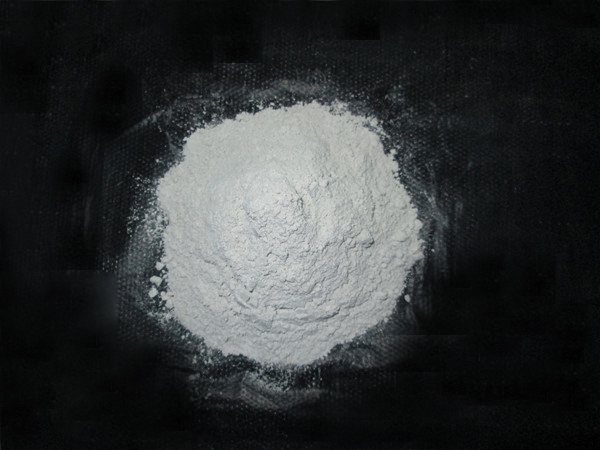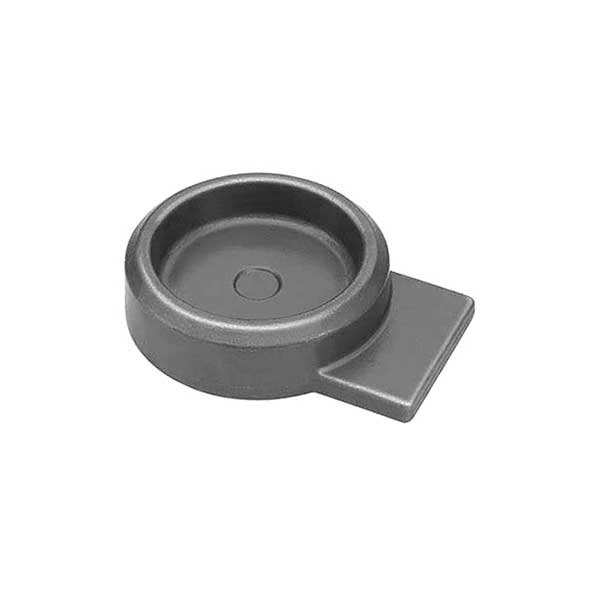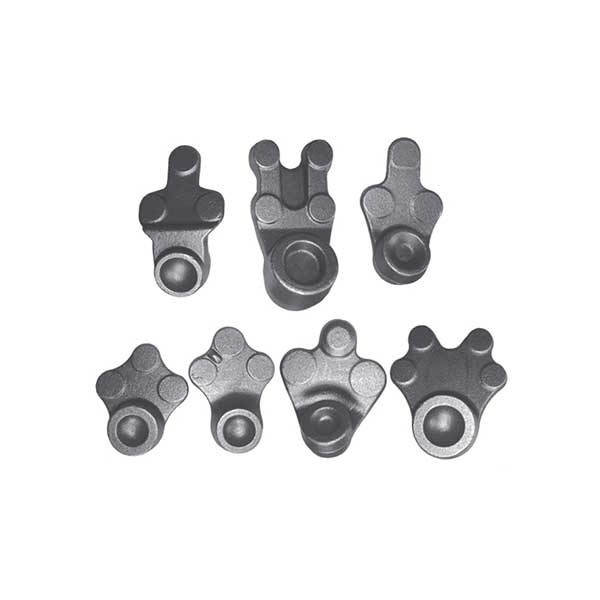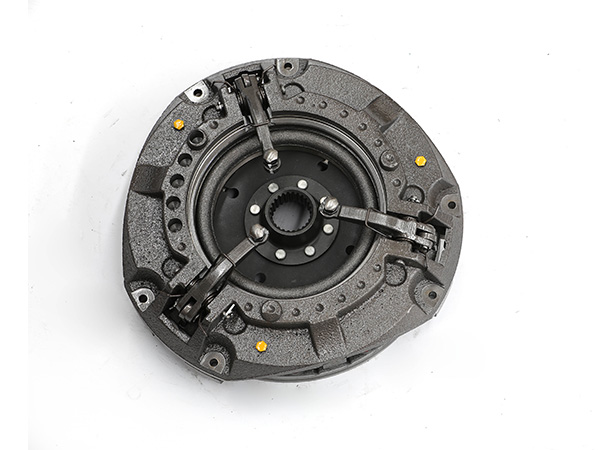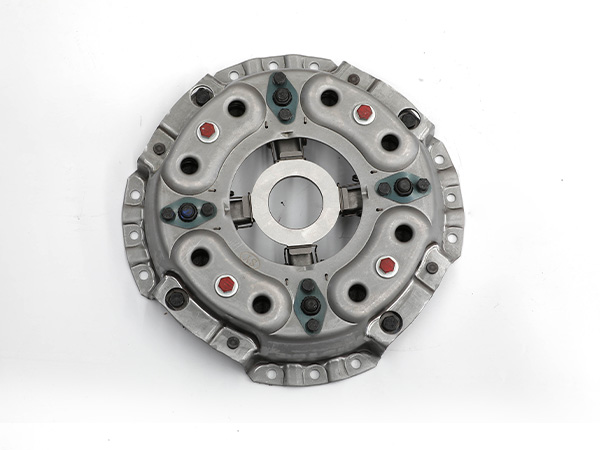https://www.ls-casting-mold.com/wp-content/uploads/2022/08/Harmonic-Reducer-Bearing.jpg
700
700
lsmojv
http://www.ls-casting-mold.com/wp-content/uploads/2018/12/lslogo-300x138.png
lsmojv2023-06-27 16:43:312023-06-27 16:43:31What are the dimensions of thin section bearings?
https://www.ls-casting-mold.com/wp-content/uploads/2022/02/954-e1645597921663.jpg
400
600
lsmojv
http://www.ls-casting-mold.com/wp-content/uploads/2018/12/lslogo-300x138.png
lsmojv2023-06-27 15:59:212023-06-27 15:59:21What parts are included in the agricultural tractor clutch assembly
https://www.ls-casting-mold.com/wp-content/uploads/2022/03/IMG_2083-e1646274786744.jpg
400
600
lsmojv
http://www.ls-casting-mold.com/wp-content/uploads/2018/12/lslogo-300x138.png
lsmojv2023-06-27 15:45:482023-06-27 15:45:48What are the features of high density mobile shelving
https://www.ls-casting-mold.com/wp-content/uploads/2022/02/糊底机全图-e1644893738778.jpg
600
600
lsmojv
http://www.ls-casting-mold.com/wp-content/uploads/2018/12/lslogo-300x138.png
lsmojv2023-06-27 15:19:032023-06-27 15:19:03What factors should be considered when purchasing a square bottom paper bag machine?
https://www.ls-casting-mold.com/wp-content/uploads/2022/03/calcium-hydroxide.jpg
450
600
lsmojv
http://www.ls-casting-mold.com/wp-content/uploads/2018/12/lslogo-300x138.png
lsmojv2023-06-27 14:56:222023-06-27 14:56:22WHAT ARE THE CARBON DIOXIDE ADSORBENT MATERIALS?
https://www.ls-casting-mold.com/wp-content/uploads/2022/02/Vibrating-Screen4-1.jpg
450
600
lsmojv
http://www.ls-casting-mold.com/wp-content/uploads/2018/12/lslogo-300x138.png
lsmojv2023-06-27 14:42:412023-06-27 14:42:41What are the specifications of the single deck banana screen
https://www.ls-casting-mold.com/wp-content/uploads/2021/06/高压球机7.jpg
400
600
lsmojv
http://www.ls-casting-mold.com/wp-content/uploads/2018/12/lslogo-300x138.png
lsmojv2023-06-27 14:20:302023-06-27 14:20:30What is the production process of the briquetting press
https://www.ls-casting-mold.com/wp-content/uploads/2023/01/轴叉锻件.jpg
800
800
lsmojv
http://www.ls-casting-mold.com/wp-content/uploads/2018/12/lslogo-300x138.png
lsmojv2023-06-21 11:45:312023-06-21 11:45:31WHAT ARE THE APPLICATION FIELDS OF OPEN DIE FORGING
https://www.ls-casting-mold.com/wp-content/uploads/2022/08/Harmonic-Reducer-Bearing.jpg
700
700
lsmojv
http://www.ls-casting-mold.com/wp-content/uploads/2018/12/lslogo-300x138.png
lsmojv2023-06-21 11:37:082023-06-21 11:37:08What are the characteristics of cross roller bearings
https://www.ls-casting-mold.com/wp-content/uploads/2022/02/954-e1645597921663.jpg
400
600
lsmojv
http://www.ls-casting-mold.com/wp-content/uploads/2018/12/lslogo-300x138.png
lsmojv2023-06-21 11:25:192023-06-21 11:25:19What are the common problems of Kubota tractor clutch
Scroll to top


